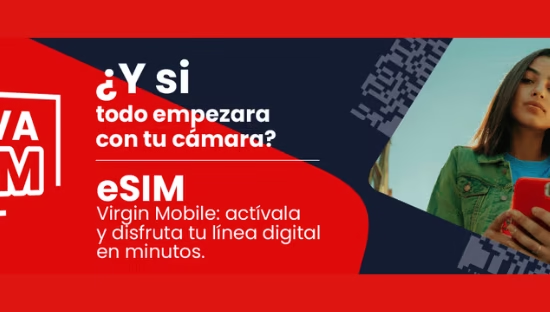
KeySIM Passes 10,000 Live IoT Connections — And Signals a Shift in How Businesses Want Connectivity
KeySIM, the UK-based IoT and M2M SIM provider, has officially crossed 10,000 live IoT connections across more than 500 customers. On paper, it’s a number. But in reality, it marks something much bigger — businesses are actively walking away from rigid connectivity contracts and moving towards flexible, multi-network SIM models that simply work where they’re needed.
Graham Robinson, Founder of KeySIM, puts it bluntly: “We’ve built a platform that puts control back in the hands of customers — they can connect anywhere, switch networks remotely, and only pay for what they use.”
This isn’t just another SIM provider milestone. It’s a clear reflection of how the IoT market is maturing.
What Makes KeySIM Different?
Most IoT SIMs still rely on a single-network contract: pick a mobile operator, get a fixed plan, hope for coverage. KeySIM flipped that script early on by launching a remotely steerable SIM — the first of its kind in the industry. That means customers can switch mobile networks on the fly from a cloud dashboard. No site visits, no physical SIM swaps.
For businesses with devices spread across regions — think logistics fleets, emergency services, retail kiosks — this kind of agility is gold. Uptime improves, troubleshooting gets easier, and costs stay in check because you pay only for what you use, not for data you might use.
Security Without Public IP Headaches
Another standout feature: private-IP access. Instead of public static IPs (which are expensive and widen the cyberattack surface), KeySIM routes connections via private infrastructure. That means lower cybersecurity risk and easier remote access to devices.
It’s a small detail with huge impact — especially as IoT cyber incidents continue to rise, according to industry reports from Kaspersky and GSMA Intelligence.
Who’s Already Using It?
The company’s tech is already deployed by FATFACE (retail), York Rescue Boat, and North Wales Mountain Rescue Team. It powers everything from in-store payment terminals to life-saving communication devices used during emergency search-and-rescue missions. When rescue teams choose your SIM cards, reliability stops being a marketing claim — it becomes a requirement.
A Growing Market With New Rules
The global IoT market is projected to reach over $1.5 trillion by 2030 (source: McKinsey & Statista), and connectivity is no longer the commodity piece of the puzzle — it’s the backbone. Companies like 1NCE, Soracom, Eseye, and Tele2 IoT are all pushing flexible, usage-based business models similar to KeySIM. What sets KeySIM apart is its pure focus on simplicity: no contracts, no setup fees, no minimums.
But challenges remain. Roaming charges in certain markets (like Turkey and parts of the Middle East), regulatory restrictions on permanent roaming, and uneven rural coverage are still pain points the industry hasn’t solved.
Conclusion: Why This Matters More Than Just One Milestone
Passing 10,000 live connections isn’t about scale — it’s about timing. KeySIM is growing at the same moment businesses are tired of traditional telecom contracts, tired of downtime caused by poor coverage, and tired of paying for data they never use.
While larger players like Vodafone IoT and Telefónica Tech still dominate enterprise deals, their systems tend to be complex, contract-heavy, and slow to adapt. Newer players like 1NCE are making €10 flat-rate global IoT plans mainstream. Soracom is winning developers with API-first connectivity. KeySIM is carving its niche by doing one thing exceptionally well: making IoT connectivity as flexible as the devices it powers.
With cybersecurity threats rising, energy costs climbing, and IoT deployments expanding into harsher, more remote environments, scalable multi-network connectivity isn’t a nice-to-have—it’s survival.
If KeySIM keeps delivering on coverage, security, and transparency, it won’t just be another connectivity provider. It could become the blueprint for how IoT networks should work in a world that refuses to stay still.










